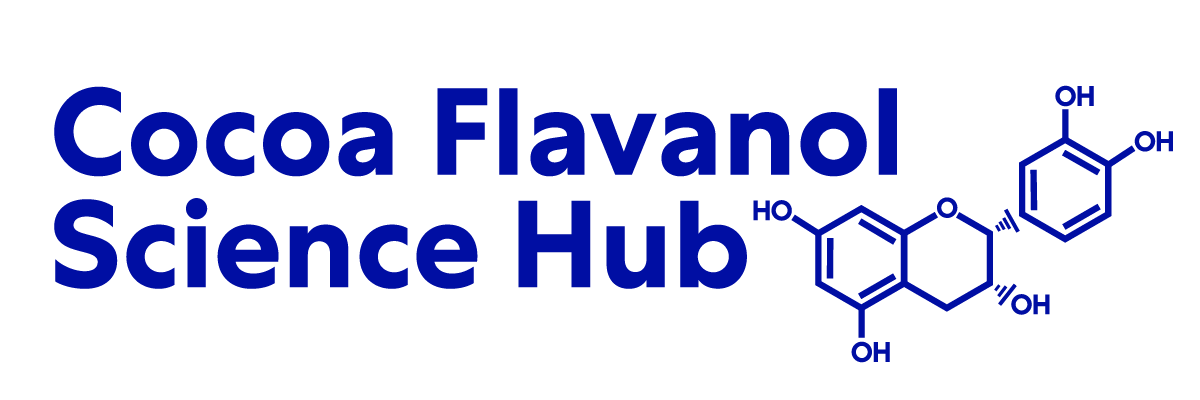Chocolate contains additional flavonoids not found in tea
Ilya Arts and colleagues (Aug 7, p 488) report that chocolate and tea may contribute significantly to total dietary catechin intake (20% and 55%, respectively). However, their methods only took into account the monomeric catechins and neglected the more abundant oligomers found in chocolate,Anchor which are present in only minor concentrations in tea.
Indeed, Arts and colleagues' method to determine catechin content illustrates a commonly encountered difficulty when trying to assess total dietary intake of flavonoids. The commonly used reverse-phase high-performance liquid chromatography techniques are superior for the separation of simple flavonoids, such as those found in tea. However, they are insufficient for analysis of larger oligomeric procyanidins, such as those found in cocoa and chocolate, and normal-phase chromatography is better suited.Anchor Adamson and colleagues have shown that the monomers (−)-epicatechin and (+)-catechin, are only a fraction of the total quantifiable procyanidins in cocoa and chocolate.Anchor Hence, the total concentrations of procyanidins in chocolate may have been substantially underestimated by Arts and colleagues.
In addition to the substantial differences in flavonoid concentrations, special consideration should be given to differences in the composition of flavonoids, especially in the context of their potential health implications. For example, specific oligomeric procyanidin fractions isolated from cocoa show various biological activities, the extent of which may be affected by degree of polymerisation.Anchor Indeed, certain of these in-vitro assays show that the larger oligomers had strikingly different antioxidant and immuno-modulating activities from their monomeric counterparts.
Arts and colleagues' study is an important contribution to understanding the potential significance that chocolate may have as a source of flavonoids in the diet. We note that it is important to appreciate the significant contribution that cocoa and chocolate may make to the diet in terms of the oligomeric procyanidins, which may influence the potential health benefits that these food products contribute.
See the Full Study > (opens in a new tab)









